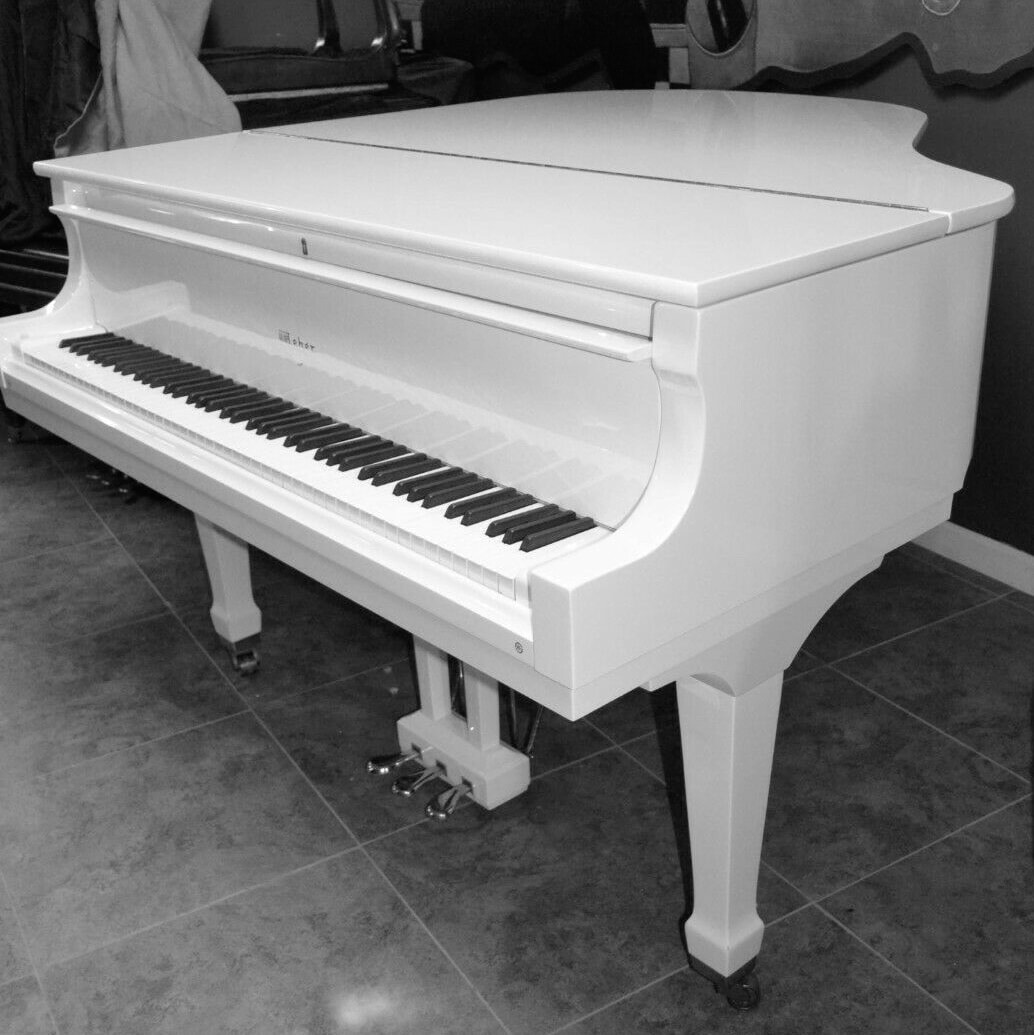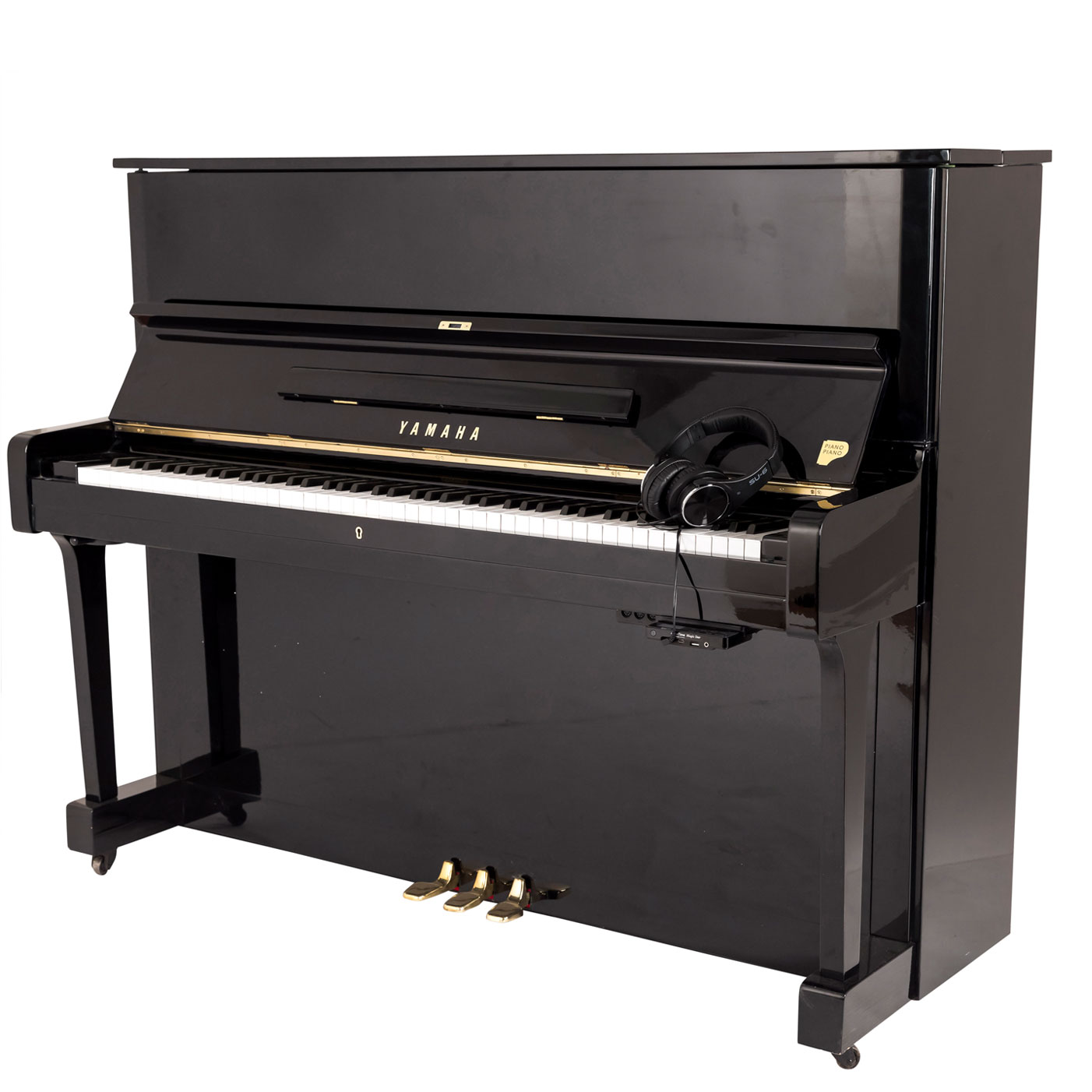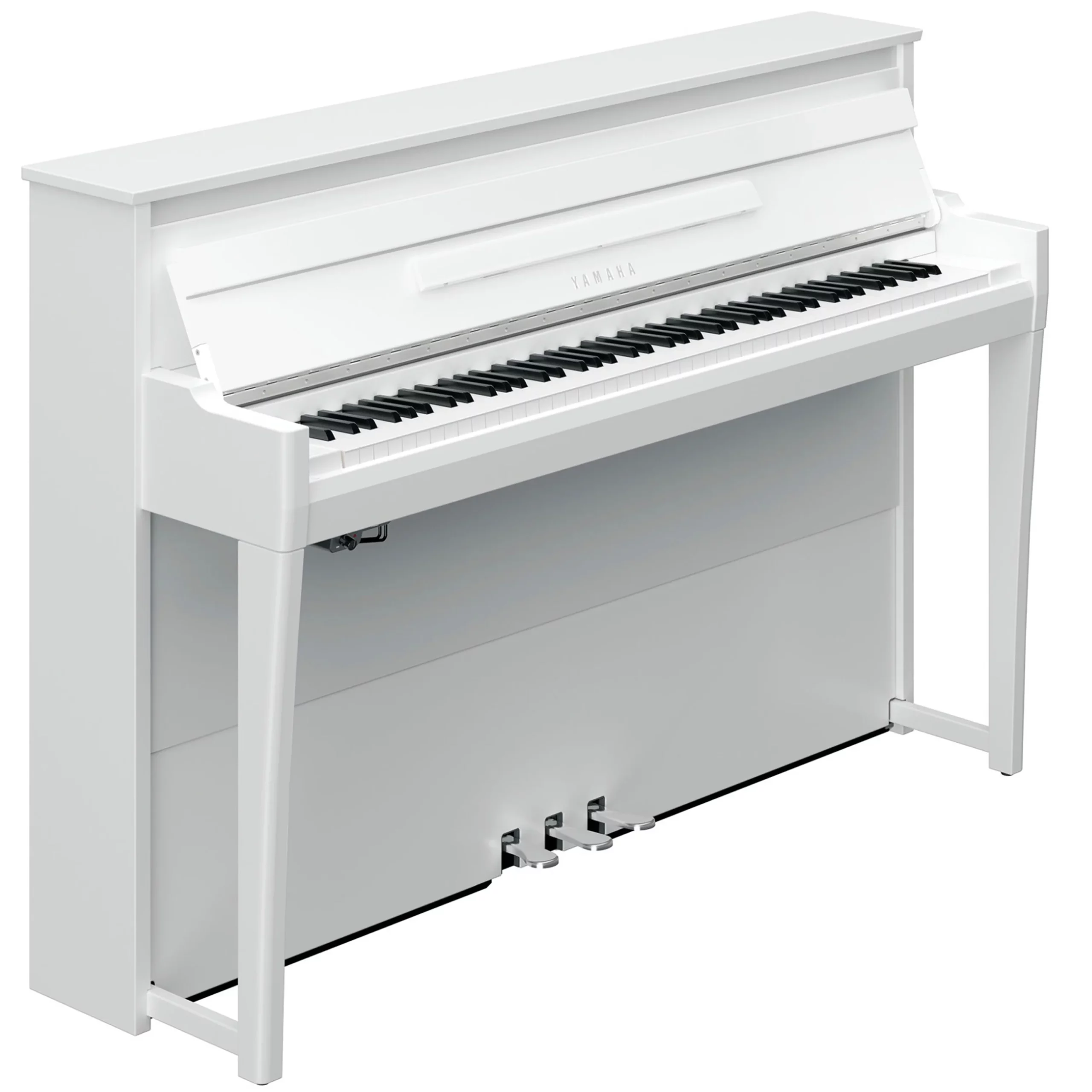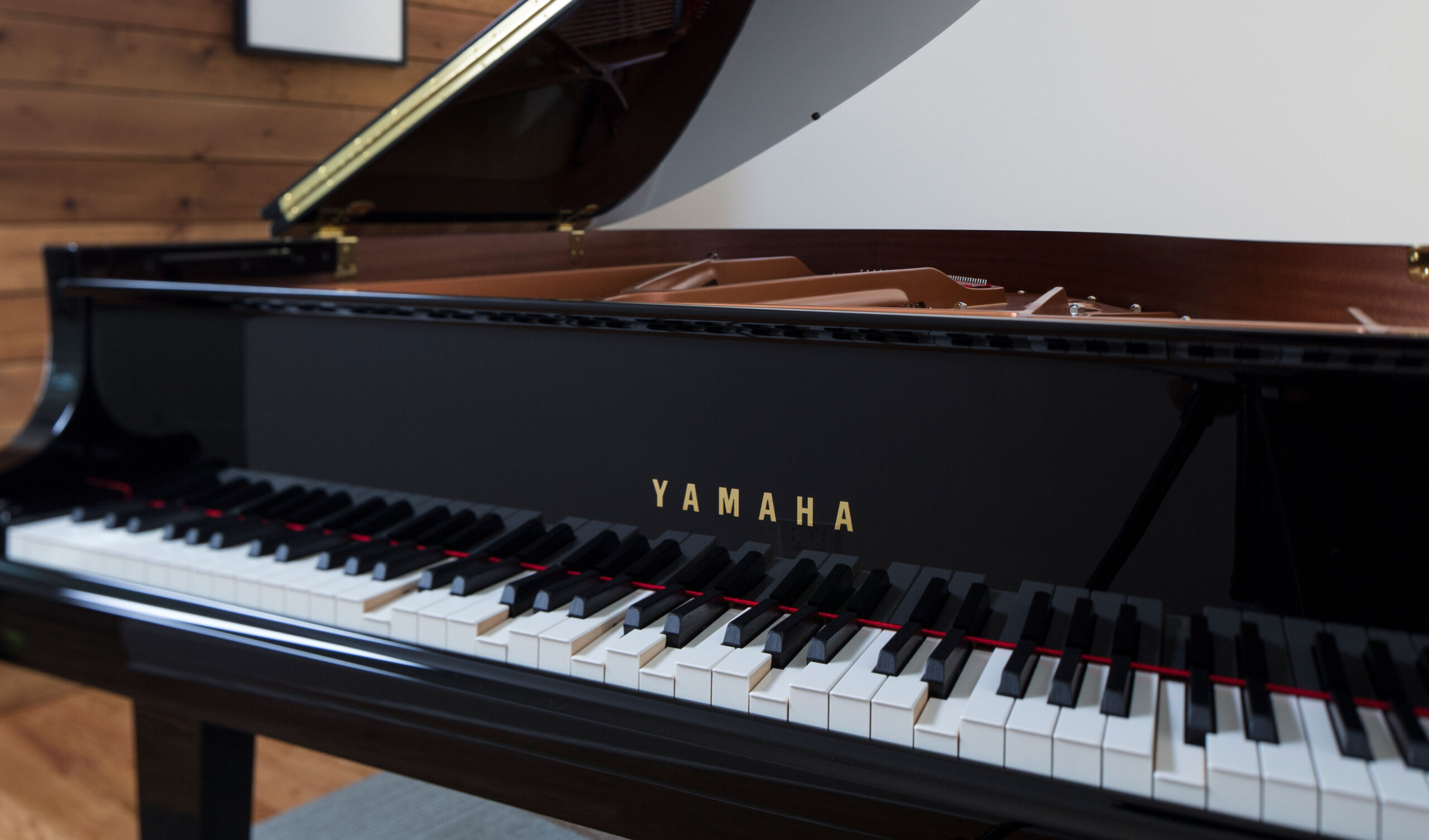Are you planning to move your piano to a new home? It can be a daunting task, especially if you’re doing it for the first time. But don’t worry, I’m here to guide you through the process and help make it as smooth and stress-free as possible. I’ve been in the business of moving pianos for years, and I have learned all the tips and tricks to safely transport this delicate instrument. So whether you’re moving across town or across the country, sit back, relax, and let me show you how to transport a piano like a pro! In this article, we’ll cover everything from choosing the right moving equipment to protecting your piano during transit. So let’s get started and make sure your beloved instrument arrives at its new destination in perfect condition!
So, how to transport a piano?
Transporting a piano can be a daunting task, but with the right knowledge and techniques, it can be done safely and efficiently. Whether you’re moving to a new home or simply need to transport your piano for an event, here are some tips from the pros on how to do it successfully.
1. Plan ahead
Before attempting to move a piano, make sure you have a solid plan in place. This includes measuring doorways and hallways to ensure the piano will fit through without any issues. It’s also important to have enough people helping with the move – at least 4 strong individuals is recommended.
2. Protect the piano
Pianos are delicate instruments and should be treated as such during transportation. Start by wrapping the entire instrument in moving blankets or bubble wrap, securing them with tape or straps. This will prevent any scratches or damage during transit.
3. Disassemble if possible
If your piano has removable parts such as legs or pedals, it may be easier to disassemble them before transporting. Just make sure you keep all screws and pieces together in labeled bags for easy reassembly later on.
4. Use proper equipment
Investing in professional moving equipment like dollies and straps can greatly assist in safely transporting your piano without causing strain on yourself or others involved in the move.
5 . Lift with care
When lifting the piano onto a dolly or into a truck, use proper lifting techniques such as bending at the knees instead of your back, keeping your arms close to your body, and having one person guide while others lift.
6 . Securely load into vehicle
Once loaded onto a dolly or truck bed, secure the piano using straps so that it doesn’t shift during transportation. Make sure there is enough padding between other items being transported as well.
7 . Drive carefully
During transportation , drive slowly and avoid sudden stops or sharp turns which could cause damage to both the vehicle and the piano. If possible, have someone follow in a separate vehicle to ensure safe arrival.
8 . Unload with caution
When unloading the piano at its destination, use the same lifting techniques and be mindful of any obstacles or stairs that may need to be navigated. Take your time and communicate with each other to avoid accidents.
By following these tips from the pros, you can safely transport your piano without any stress or damage. Remember to plan ahead, protect the instrument, use proper equipment and lifting techniques, and drive carefully during transportation. With patience and care, your piano will arrive at its new location ready for beautiful music once again.
Understanding the Challenges of Moving a Piano
Moving a piano can seem like an insurmountable task, even for the most seasoned relocators. These musical marvels are not only bulky and heavy, but also incredibly delicate. A piano’s intricacy goes far beyond its shiny exterior; it’s comprised of thousands of precise mechanical parts that help create its beautiful melodies. Even a small mishap during relocation can cause costly damage to these fragile components.
To start with, the sheer size and weight of pianos make them challenging to maneuver through narrow doorways or winding staircases. An upright piano may weigh anywhere from 300-800 pounds whereas grand pianos can tip the scales at well over 1,000 pounds!
Moreover:
- Pianos have irregular shapes which complicate their handling.
- Their polished finish is prone to scratches and chipping.
- They contain sensitive stringed mechanisms that require careful balance preservation.
While various DIY guides advertise cost-saving measures for moving your precious instrument yourself – entrusting this complex endeavor to professionals may be more prudent. With knowledge about correct lifting techniques, proper padding materials, and suitable transportation methods – professional movers provide invaluable peace of mind as they bring both muscle power and finesse into play.
Note: Moving a piano requires much more than brute strength; it demands an understanding of physics, spatial awareness, and above all – respect for the fragility inherent in each instrument!
Choosing the Right Equipment for Piano Transportation
Transporting a piano is an intricate task that requires meticulous planning and the right equipment. Whether you’re moving just across town, or to another city, ensuring your beloved instrument arrives intact is of paramount importance.
Apart from its substantial size and weight, a piano also possesses delicate components that must be handled with utmost care. This makes piano transportation much more complex than moving regular furniture.
Now comes the crucial part: selecting the proper equipment for this sophisticated process. Firstly, there’s no substitute for a high-quality piano dolly. It aids in smoothly rolling the heavy-weighted marvel without causing any harm. Remember, purchasing or renting one of these might prove to be an investment worth making! Secondly, employing sturdy piano straps can aid in affixing it securely onto the dolly as well as during hoisting operations if required.
- Piano Skid Boards: Designed specifically for pianos and other large items.
- Furniture Blankets: Provide cushiony protection to prevent scratches on your magnificent piece.
- Tape: To hold those blankets tightly wrapped around.
Verifying your tools are durable and designed specifically for piano moving will ensure not only safe transportation but also peace of mind throughout this usually stressful procedure.
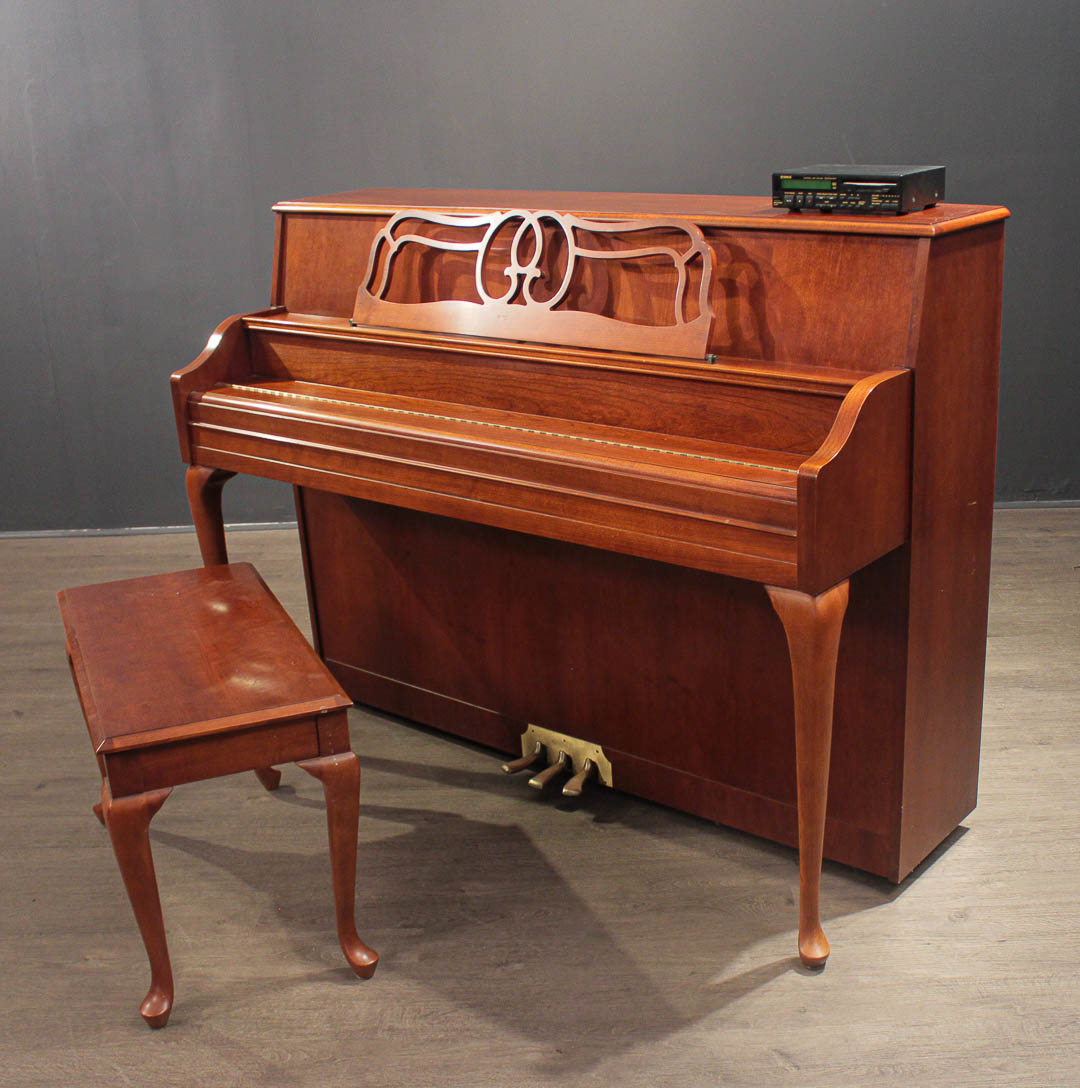 Safely Lifting and Moving Your Piano: Techniques from Expert Movers
Safely Lifting and Moving Your Piano: Techniques from Expert Movers
Read also: did ryan gosling play the piano in la la land
Preparing Your Piano for Transit: Best Practices
When it comes to moving precious items like your piano, a meticulous approach is necessary. Pianos are not only expensive but also have sentimental value for many of us. They’re grand pieces of art that give our homes an air of elegance and nostalgia. So, when the day comes where you need to move this cherished item, you have to be clear on the best practices that will ensure its safe transit.
To start off with preparation, piano lids should always be secured. This can protect those delicate keys from dust or any accidental damage during transit. Some people think using tape directly on the piano is fine but it’s best to avoid this as it may damage the finish. Instead, consider using a soft cloth or bubble wrap over it before securing with tape.
Now let’s talk about protecting those iconic curves and corners; here’s where things become tricky:
- Piano legs: The fragile legs must be removed carefully – remember they carry weight so mishandling them could lead to irreparable damage.
- Corners/edges: Cardboard corner protectors reinforced with duct tape provide robust protection against potential knocks in transit.
- The body: A thick blanket covering the entire body can absorb shocks while maintaining its glossy aesthetic intact.
In essence, preparing your piano for transit requires patience and attention-to-detail. After all, taking care of these subtle details today ensures your lovely instrument remains unscathed tomorrow!
Safely Lifting and Moving Your Piano: Techniques from Expert Movers
When it comes to moving one of the most majestic and beloved instruments – the piano, expert movers have some tricks up their sleeves. These professionals are seasoned in handling this job with precision and care, understanding that a piano isn’t just another piece of furniture but a melody-filled treasure holding sentimental value for its owner. First off, they always start by planning the move meticulously from door-to-door ensuring that every twist and turn is accounted for.
- Gather the necessary protective equipment:
Before starting the process, top-notch movers make sure they have all the right tools ready to protect your cherished instrument. This includes thick blankets or pads to cover vulnerable parts like keys and legs, heavy-duty straps for secure grip during lifting, and a proper 4-wheeled dolly capable of supporting its weight.
- Ensure team coordination:
A mishandled lift can damage your prized possession irreparably; therefore practicing adequate lifting techniques is crucially important. Expert movers operate like an orchestra – each individual perfectly synchronizing with others’ movements.
The strength required in moving a piano lies not only in physical power but also precise technique. After securing the instrument safely on the dolly, it’s about smoothly rolling it out without causing any jerky motions which might harm internal components. While maneuvering stairs or corners, soft yet firm hands are mandated so as to prevent accidental slips or falls.
Remember! The golden rule of thumb emphasized by veteran movers: never rush through this task! It requires patience coupled with professional know-how while keeping safety paramount at all times.
You may also like: gh1 yamaha piano
Protecting Your Piano During Transit: Tips on Packing and Loading
Protecting Your Piano During Transit is not merely about wrapping it up in cushiony materials and loading it onto a moving truck. It demands meticulous planning, a deep understanding of the piano’s delicate parts, and utilizing the right techniques to ensure its safety.
To start off with packing, you need to secure all movable parts. A grand piano’s lid or an upright piano’s music rack might swing out during transit if not locked properly – A potential disaster! Use strong straps or ropes to fasten these pieces securely. Next comes padding. You’ll want to wrap your entire instrument in thick blankets or professional quality padding material as this will provide optimal protection from dings and scratches during transport.
- Cushion corners:
Corners are most prone to damages; hence they need extra attention!
After ensuring your piano is well-packed comes the trickiest part – loading! One wrong move can cause significant damage so never rush this process.
Firstly, enlist some help – lifting a heavy object like a piano single-handedly is not advisable for anyone’s back! All hands should be on deck when hoisting up this hefty piece of equipment onto the dolly (a small platform with wheels). Guide it slowly down stairs or ramps while keeping control over speed at all times.
- Maintain balance:
Pianos are top-heavy instruments; remember that tipping could lead to severe internal damage.
Remember: When protecting your beloved musical instrument during transit, “slow and steady” definitely wins the race.
Conclusion: Ensuring a Successful Piano Move with Proper Planning and Execution
Proper planning and execution:
Moving a piano is not an everyday task. It requires precise planning, careful handling, and most importantly – a true understanding of the object’s delicacy. Taking time to plan can make all the difference between a successful move and one that ends in disaster. Start by evaluating your path; jot down any obstacles you might face such as steep stairs or narrow doorways in advance so you are prepared.
- Take accurate measurements: Measure both your piano’s dimensions and those of its intended path to ensure there won’t be any unexpected impediments.
- Gather necessary moving equipment: You’ll need tools such as straps, blankets, dollies which not only protect your precious instrument but also ease maneuvering burdens.
- Rally help: A piano is heavy! Recruit strong helpers or better yet hire professional movers who are experienced with this type of job.
The Execution:
The moment has arrived – it’s time for action! Here attention to detail and patience reign supreme. Remember to never rush when moving something as delicate as a musical instrument like a piano – each step should be conducted slowly and carefully.
Firstly, secure all loose parts (like the keyboard lid) using tape or wraps without damaging the finishings. Then wrap up the entire instrument in protective covers before strapping it onto the dolly. When navigating through tight spaces or inclines rely on clear communication among team members – every movement must synchronize perfectly.
In conclusion, ensuring a successful piano move primarily involves meticulous planning followed by mindful execution. With these strategies in place, you will transport your precious musical companion safely without hitting any sour notes along the way!

